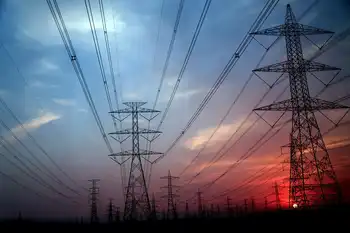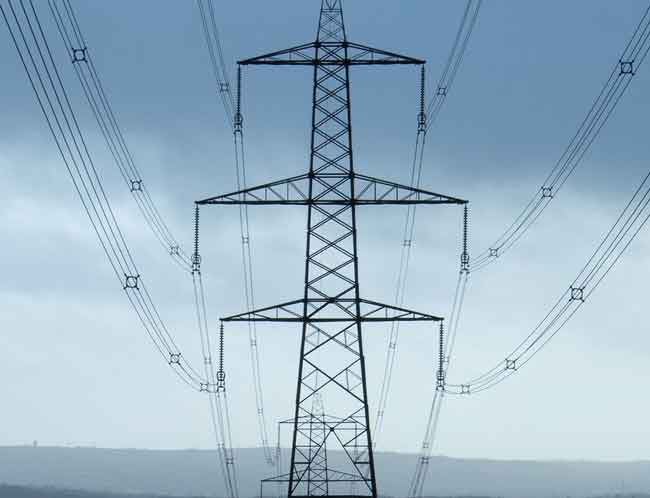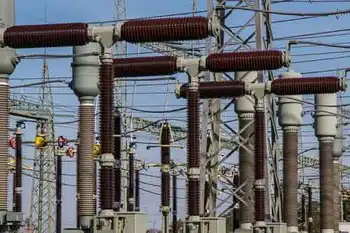Report calls for more energy champions
In his annual report, Peter Love says the municipal conservation programs he recommended last year have worked: new positions were added in 12 cities.
Some institutions are already doing conservation work, but he said their efforts would have greater impact if he was able to co-ordinate their work and help them focus on innovative ideas and programs.
"I'd like to be in touch with them, I'd like to help them and have them work with others who are in similar positions," Love said.
Barrie, Oakville, Windsor and Welland are among the 12 municipalities who have added such champions to those already at work in Toronto, Markham, Hamilton and Peel Region.
Love's job is to find ways to engage Ontarians in conserving energy, an effort he says is complicated by the fact that electricity is intangible – "You can't smell it or touch it."
But Ontario's restructuring of the energy sector means finding a way to reduce peak consumption by 6,350 megawatts by 2025.
The report notes that Ontario had achieved its first peak-energy reduction target of 5 per cent, or 1,350 megawatts, at the end of 2007.
The next goal is a further 1,350 megawatt reduction by the end of 2010.
Love said the 2008 summer peak usage was 24,195 megawatts. Last year, it was 25,737 megawatts, which was 1,200 megawatts less than the peak demand in 2006.
The Conservation Bureau is a division of the Ontario Power Authority, which seeks to develop new electricity sources ahead of the slated shutdown of all coal-fired generating stations in 2014.
The report also calls on the Ministry of Energy and Infrastructure to develop a "cohesive" energy policy for government departments; ensure that bills help consumers track their consumption; and develop programs to help low-income families be energy-efficient.
Related News

"Knowledge Gap" Is Contributing To On-the-job Electrical Injuries
VANCOUVER - A BC Hydro report finds serious electrical contact incidents are more common among trades workers, and research shows this is partly due to a knowledge gap.
Trade workers were involved in more than 60 per cent of electric contact incidents that led to serious injuries over the last three years, according to BC Hydro.
One-in-five trade workers have also either made contact or had a close call with electric equipment.
“New research finds many have had a close call with electricity on the job or have witnessed unsafe work near overhead lines or electrical equipment,” BC Hydro staff…





